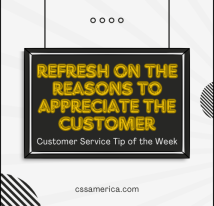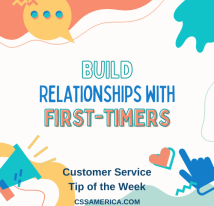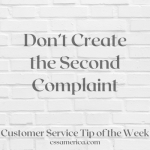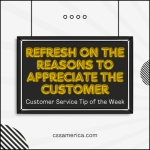
When I’m speaking with colleagues or clients, I’ll often ask how their day is going. The response I get almost once a week is something like: I’m incredibly busy!
When I get that response, sometimes I’ll ask whether it is a “good busy” or whether they are “fighting fires.”
I’ll ask that question to gauge how they’re feeling. Being “good busy” with important work helps you feel positive and fulfilled. Spending days just fighting fires – urgent tasks that pop up unexpectedly or at the last minute – can result in anxiety, stress, and poor quality work. That can trickle into customer engagement where we’re too busy to be responsive to customers, are short in speaking with them, or make mistakes in service actions.
While fighting fires is something that we could deal with because other people fill our inbox at the last minute, some of the activities that are urgent and require us to drop everything else or cause us to work into the late hours every evening are things we can control.
If we find ourselves constantly working on the urgent to meet a deadline at the last second, if we find ourselves constantly stressing about not having enough hours in the day, if we find ourselves feeling unsettled with all the plates that are spinning around us at the same time, realize that this situation is something we can take more control over in the future.
Particularly where you have deadlines, document the key steps that need to be addressed and how much time others will need to do their part through the process. Put those timelines on your daily To Do List. Reflect back on how much time it takes to do these tasks so that you’re allocating enough time today on something that needs to be completed three days from now. You have enough understanding of how many activities you can do in one day, so, where you have control over those activities and when they’re done, you can massage your schedule for the week so that the workload is a little more evened out.
We’re all going to be busy at times if not almost all times, but the type of busy we’re dealing with is often affected by how well we’re planning to meet the deadlines.
Make it a Good Busy.
Signup for FREE Tips! Contact Us More Resources for You Visit Our Home Page























